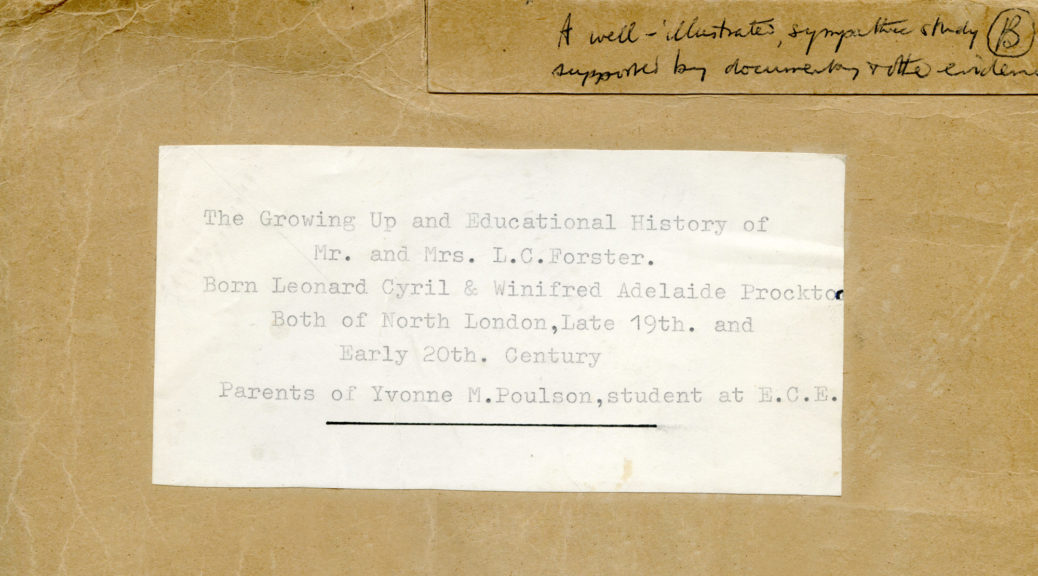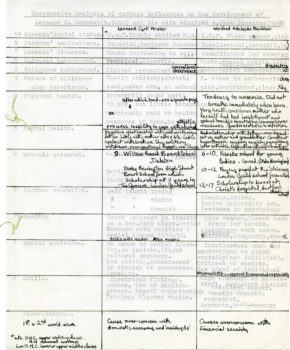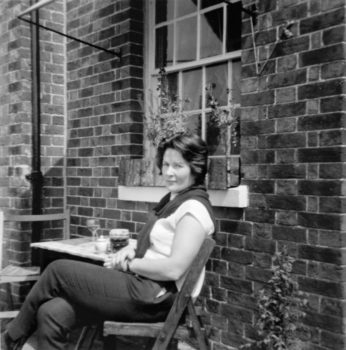
My mother, Yvonne Mary Poulson (née Forster), attended Teacher Training College at Eastbourne College of Education from 1966 to 1968, intending to become a school teacher. She didn’t finish the training – she said managing classroom discipline as a teacher walking with two sticks (or in a wheelchair, which she sometimes used) was impossible for her. As part of the course she completed a social history of her parents. Amazingly – given the number of moves and other upheaval that followed – it didn’t get lost or tossed, and I have inherited it.
The history of The Grocer’s School, Hackney Downs (my grandfather) and Christ’s Hospital (my grandmother) aren’t of much interest from a family history perspective, but the family stories assembled by interviewing her parents are. It’s important to remember that there are inaccuracies (such as that Mary Jane Ford’s parents were “gentlemen farmers in Devon”) because people tell the family stories the way they want them to be, not necessarily how they actually were. Even so, these family memories are a resource worth preserving.
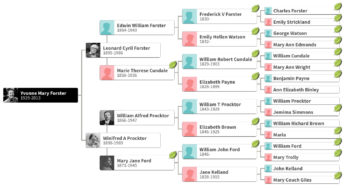
I now have access to a number of records – census, electoral roll, parish birth, marriage and burial – that my mother didn’t. Where the official records tell a different story from the one her parents told her, the really interesting question is why that was. It’s possible that what was passed down to her parents is what they passed on – that they didn’t know the full story either. It’s also possible that they didn’t like the story as it was and took a chance to remake it slightly. In earlier eras it was a lot easier to adjust family history to suit, especially when you move away from a small town in Devon where everyone knows you to London where you have a clean slate.
Other parts of the story have no records associated with them – that my grandmother’s adored grandfather had successfully tackled a drinking problem or that he took my grandmother around with him when he visited building sites and stopped off at the park on the way home.
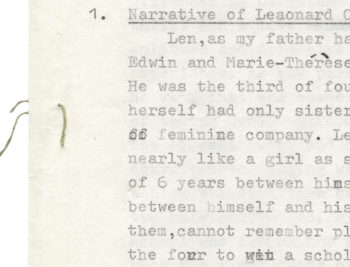
As I didn’t know any of my great grandparents, I can’t do more than preserve my grandparents’ recollections, as collected by my mother. Her report also conveys her in a very real way – it was handcrafted, from all the written notes and corrections on the typewritten pages, to the cotton stitches she used instead of staples to bind sections of the report together. The cotton “staples” are barely holding together 50 years later, but they probably weren’t much better as a fastener in 1968. It’s so very much her approach, that she made something versus borrowing a stapler from someone.
It’s unfortunate that I have no photos of the Forster family (other than my grandfather). Possibly my grandfather never had any given the chilly relationships my mother describes in her report. Possibly there was no money, or a reluctance to spend money, on such things in the Forster home. I also never saw any wedding photographs of my grandparents – it never occurred to me to ask about that, although I don’t remember visiting anyone’s home and seeing a wedding picture on display, or a wedding album ( I do have my parents’ wedding album which my mother gave me as an adult – I’d never seen it before).
My impressions of of my grandparents overlap substantially with my mother’s report, but the very warm, fun, outgoing, relaxed grandfather I knew doesn’t correspond with the isolated person with no sense of social identity she describes. Perhaps he was easier going around children? My grandmother’s rigid, tense, judgmental, disapproving and unbending approach to everything seems to reflect my mother’s summary better – her reports on Leonard Cyril Forster and Winifred Adelaide Procktor.
Here is the table – cotton staples and all – Mum did to summarize their situations. I think it might have been easier to digest if she’d made the presentation simpler – easier for her to accomplish given the tools and time she had available. However it’s a great artifact for seeing her at work, separately from the information in it about her parents.

